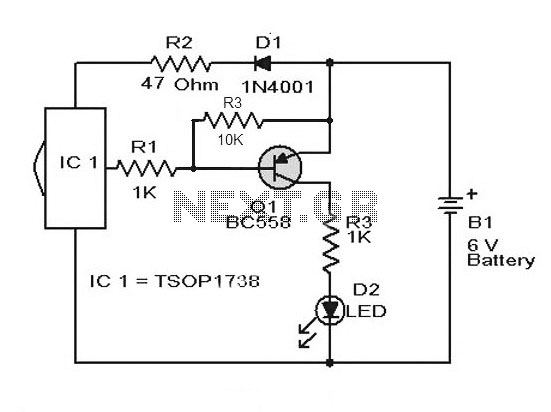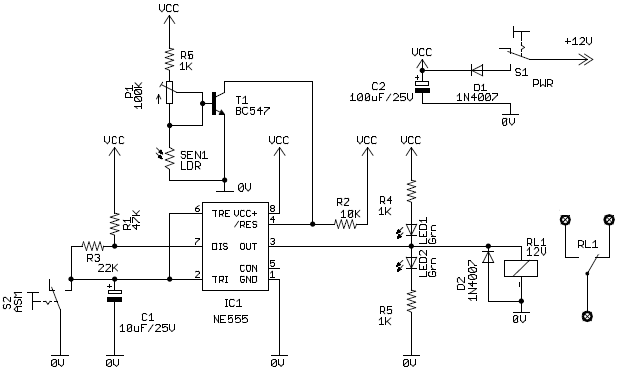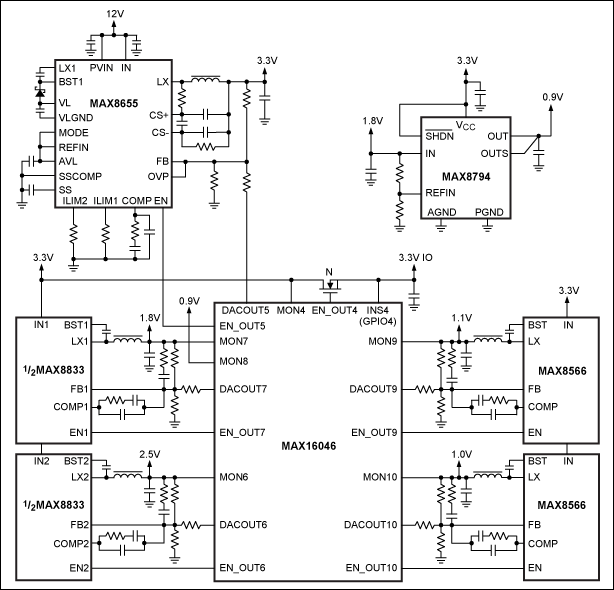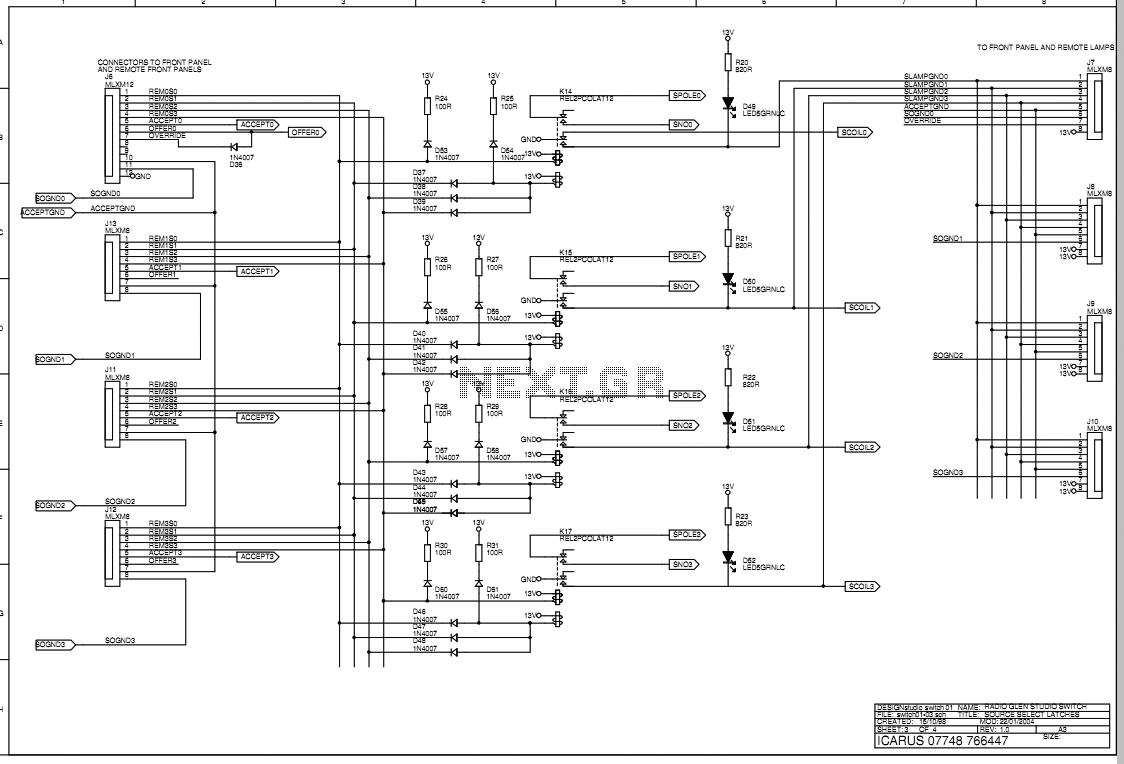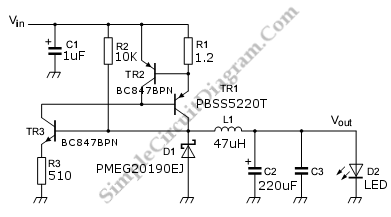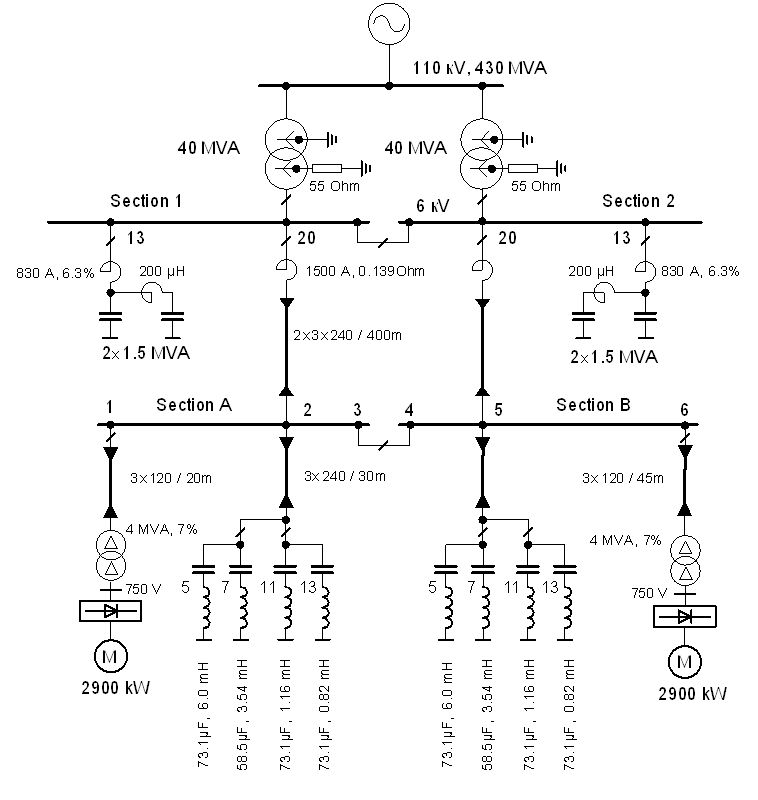
FM carrier current remote speaker system
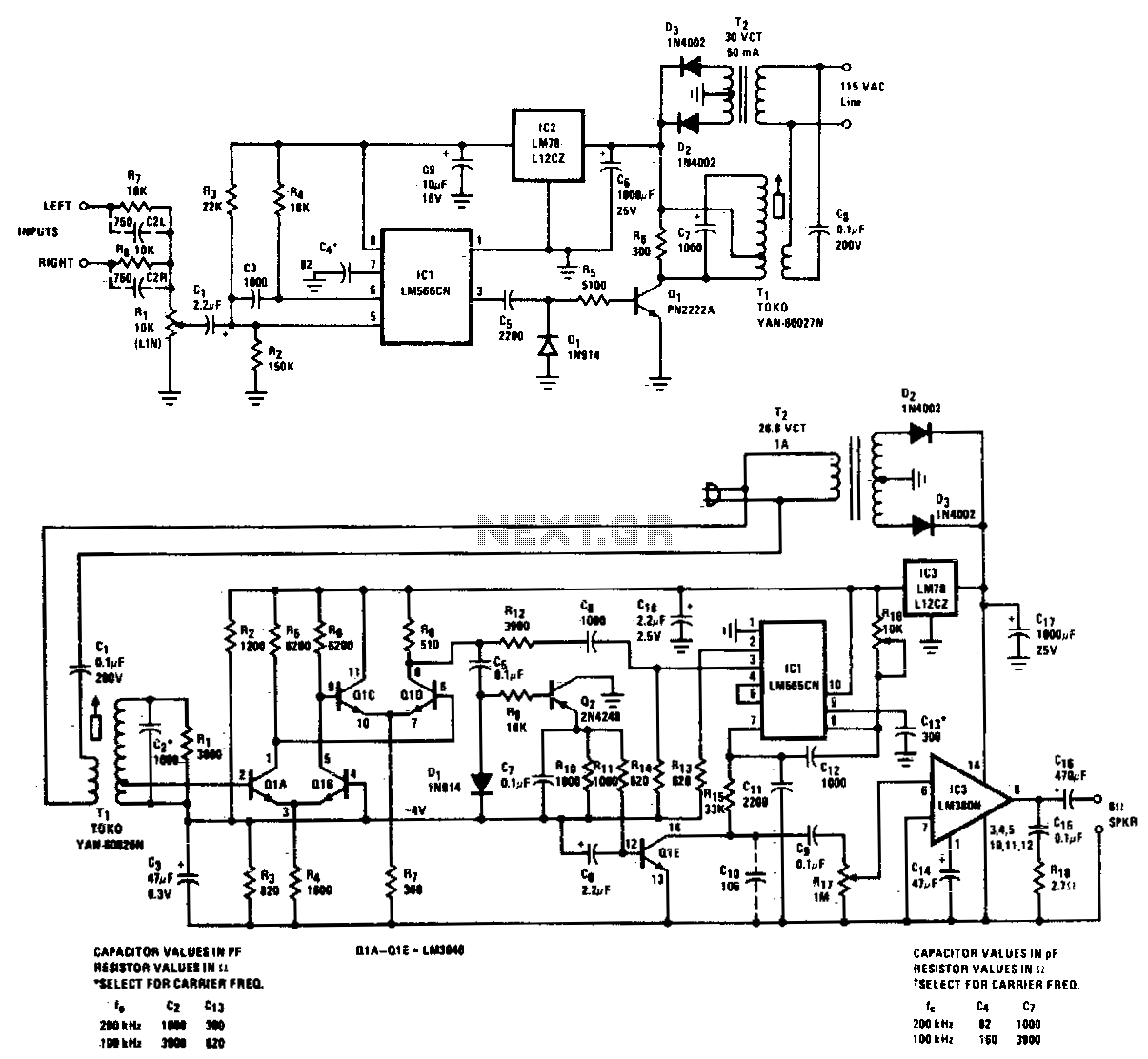
A high-quality, noise-free wireless FM transmitter and receiver operates over standard power lines. The complete system is designed for high-quality transmission of speech or music and can function from any AC outlet within a one-acre residential area. The frequency response ranges from 20 Hz to 20,000 Hz, and the total harmonic distortion (THD) is below acceptable limits. The transmission distance along a power line is sufficient to cover all outlets in and around a suburban home and yard. Additionally, two input terminals are available, allowing for the combination of both left and right signals from a stereo set for mono transmission to a single remote speaker if desired. The receiver amplifies, limits, and demodulates the received FM signal, offering audio mute in the absence of a carrier and providing a 2 W output to a speaker.
The wireless FM transmitter and receiver system designed for power line communication utilizes existing electrical infrastructure to transmit audio signals effectively. The transmitter converts audio signals into FM radio waves, which are then coupled onto the power lines, allowing for transmission over substantial distances without the need for additional wiring. The system's design ensures minimal interference and noise, which is crucial for maintaining audio fidelity, particularly in environments with multiple electrical devices.
The frequency response specification of 20 Hz to 20 kHz indicates that the system is capable of transmitting the full range of human hearing, making it suitable for high-fidelity audio applications. The low total harmonic distortion (THD) value further emphasizes the system's capability to deliver clear and undistorted sound, which is essential for both speech and music transmission.
The inclusion of dual input terminals allows for flexibility in audio source selection. Users can connect a stereo audio source, and the system will mix the left and right channels into a mono signal for transmission to a single speaker. This feature is particularly advantageous in scenarios where only one speaker is available or desired.
The receiver component is responsible for demodulating the FM signal received over the power lines. It amplifies the signal to ensure adequate sound levels and applies limiting to prevent distortion during high-volume passages. The audio mute function enhances user experience by silencing the output when no carrier signal is detected, preventing unwanted noise during silent periods.
The output capability of 2 W to a speaker is suitable for typical residential applications, providing sufficient power to drive standard speakers effectively. This system is ideal for home entertainment setups, allowing users to enjoy high-quality audio throughout their living space without the need for complex wiring. The overall design and functionality of this wireless FM transmitter and receiver system make it a versatile solution for audio transmission over power lines.High quality, noise free, wireless FM transmitter/receiver operates over standard power lines. Complete system is suitable for high-quality transmission of speech or music, and will operate from any ac outlet anywhere on a one-acre home site. Frequency response is 20-20, 000 Hz and THD is under Transmission distance along a power line is at least adequate to include all outlets in and around a suburban home and yard
Two input terminals are provided so that both left and right signals of a stereo set may be combined for mono transmission to a single remote speaker if desired. The receiver amplifies, limits, and demodulates the received FM signal. It provides audio mute in the absence of carrier and 2 W output to a speaker. 🔗 External reference
The wireless FM transmitter and receiver system designed for power line communication utilizes existing electrical infrastructure to transmit audio signals effectively. The transmitter converts audio signals into FM radio waves, which are then coupled onto the power lines, allowing for transmission over substantial distances without the need for additional wiring. The system's design ensures minimal interference and noise, which is crucial for maintaining audio fidelity, particularly in environments with multiple electrical devices.
The frequency response specification of 20 Hz to 20 kHz indicates that the system is capable of transmitting the full range of human hearing, making it suitable for high-fidelity audio applications. The low total harmonic distortion (THD) value further emphasizes the system's capability to deliver clear and undistorted sound, which is essential for both speech and music transmission.
The inclusion of dual input terminals allows for flexibility in audio source selection. Users can connect a stereo audio source, and the system will mix the left and right channels into a mono signal for transmission to a single speaker. This feature is particularly advantageous in scenarios where only one speaker is available or desired.
The receiver component is responsible for demodulating the FM signal received over the power lines. It amplifies the signal to ensure adequate sound levels and applies limiting to prevent distortion during high-volume passages. The audio mute function enhances user experience by silencing the output when no carrier signal is detected, preventing unwanted noise during silent periods.
The output capability of 2 W to a speaker is suitable for typical residential applications, providing sufficient power to drive standard speakers effectively. This system is ideal for home entertainment setups, allowing users to enjoy high-quality audio throughout their living space without the need for complex wiring. The overall design and functionality of this wireless FM transmitter and receiver system make it a versatile solution for audio transmission over power lines.High quality, noise free, wireless FM transmitter/receiver operates over standard power lines. Complete system is suitable for high-quality transmission of speech or music, and will operate from any ac outlet anywhere on a one-acre home site. Frequency response is 20-20, 000 Hz and THD is under Transmission distance along a power line is at least adequate to include all outlets in and around a suburban home and yard
Two input terminals are provided so that both left and right signals of a stereo set may be combined for mono transmission to a single remote speaker if desired. The receiver amplifies, limits, and demodulates the received FM signal. It provides audio mute in the absence of carrier and 2 W output to a speaker. 🔗 External reference
Warning: include(partials/cookie-banner.php): Failed to open stream: Permission denied in /var/www/html/nextgr/view-circuit.php on line 713
Warning: include(): Failed opening 'partials/cookie-banner.php' for inclusion (include_path='.:/usr/share/php') in /var/www/html/nextgr/view-circuit.php on line 713
